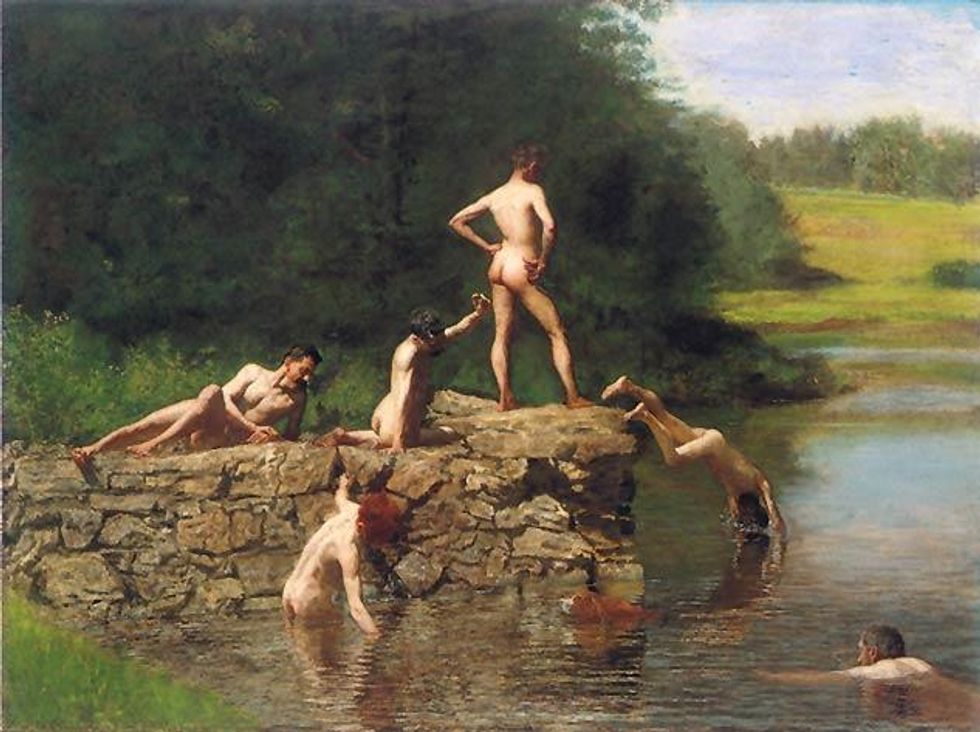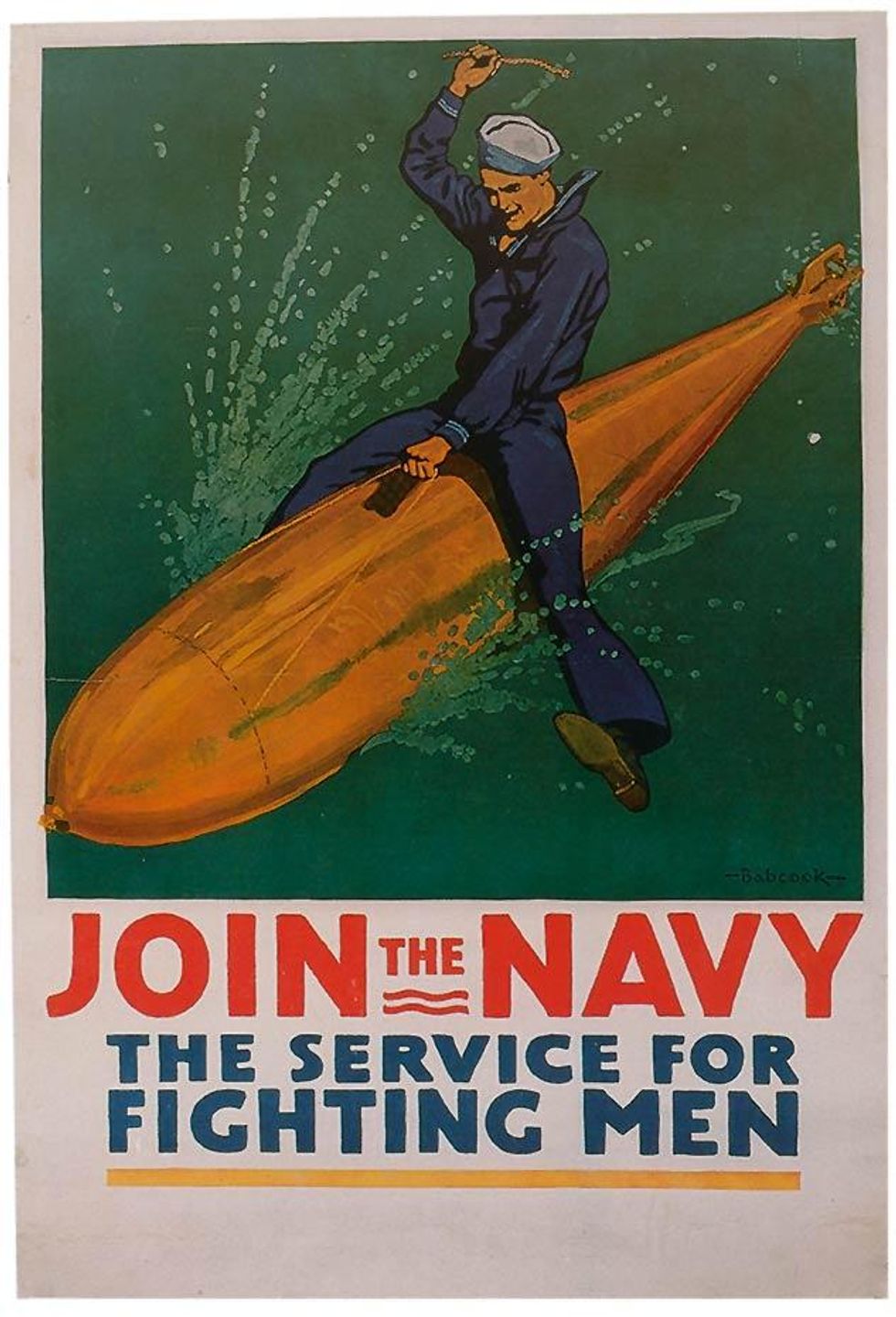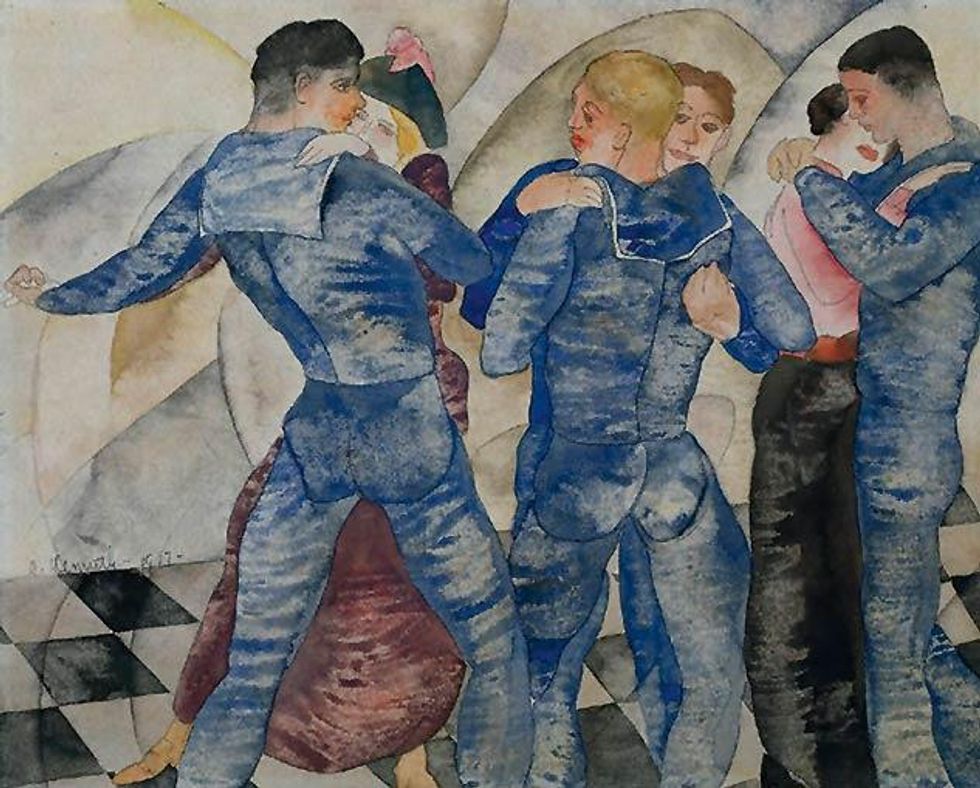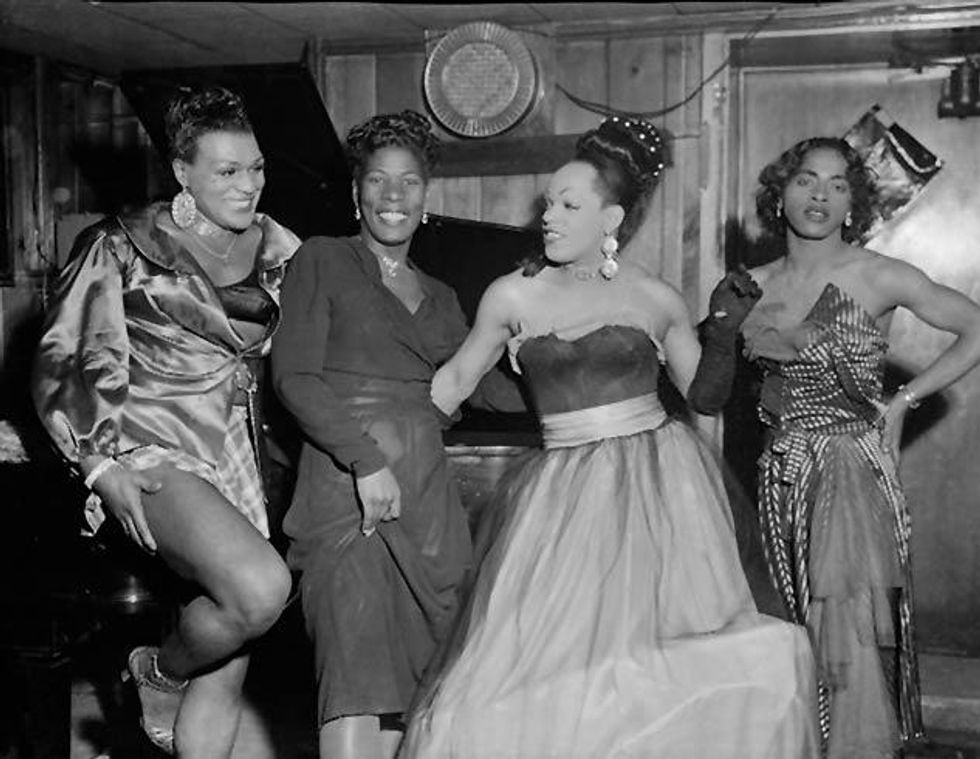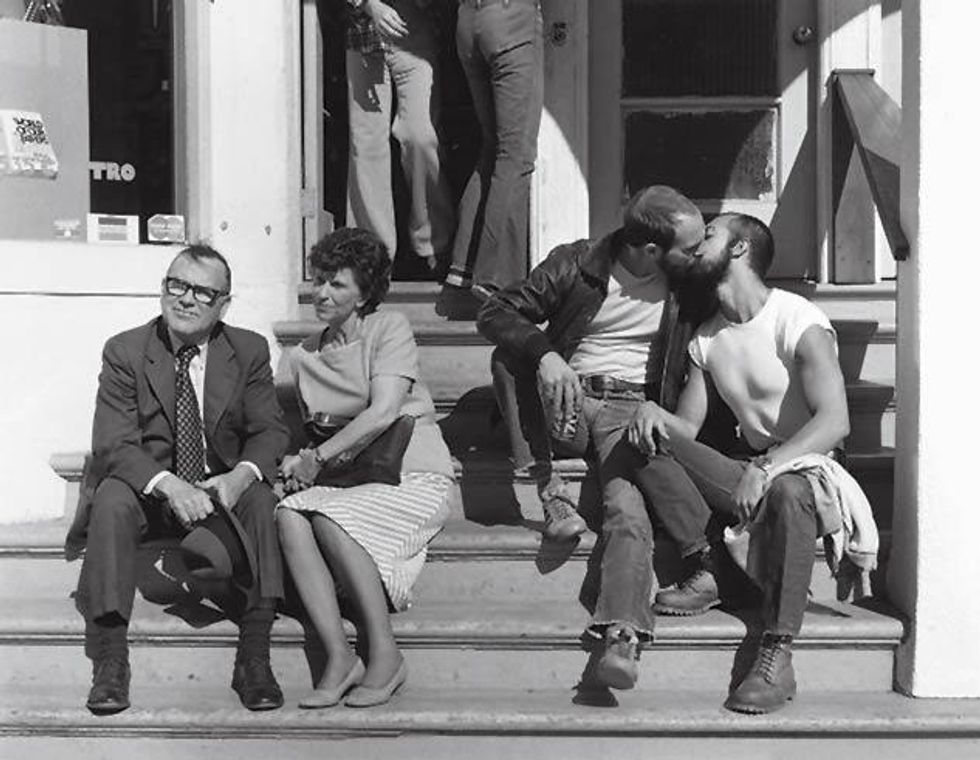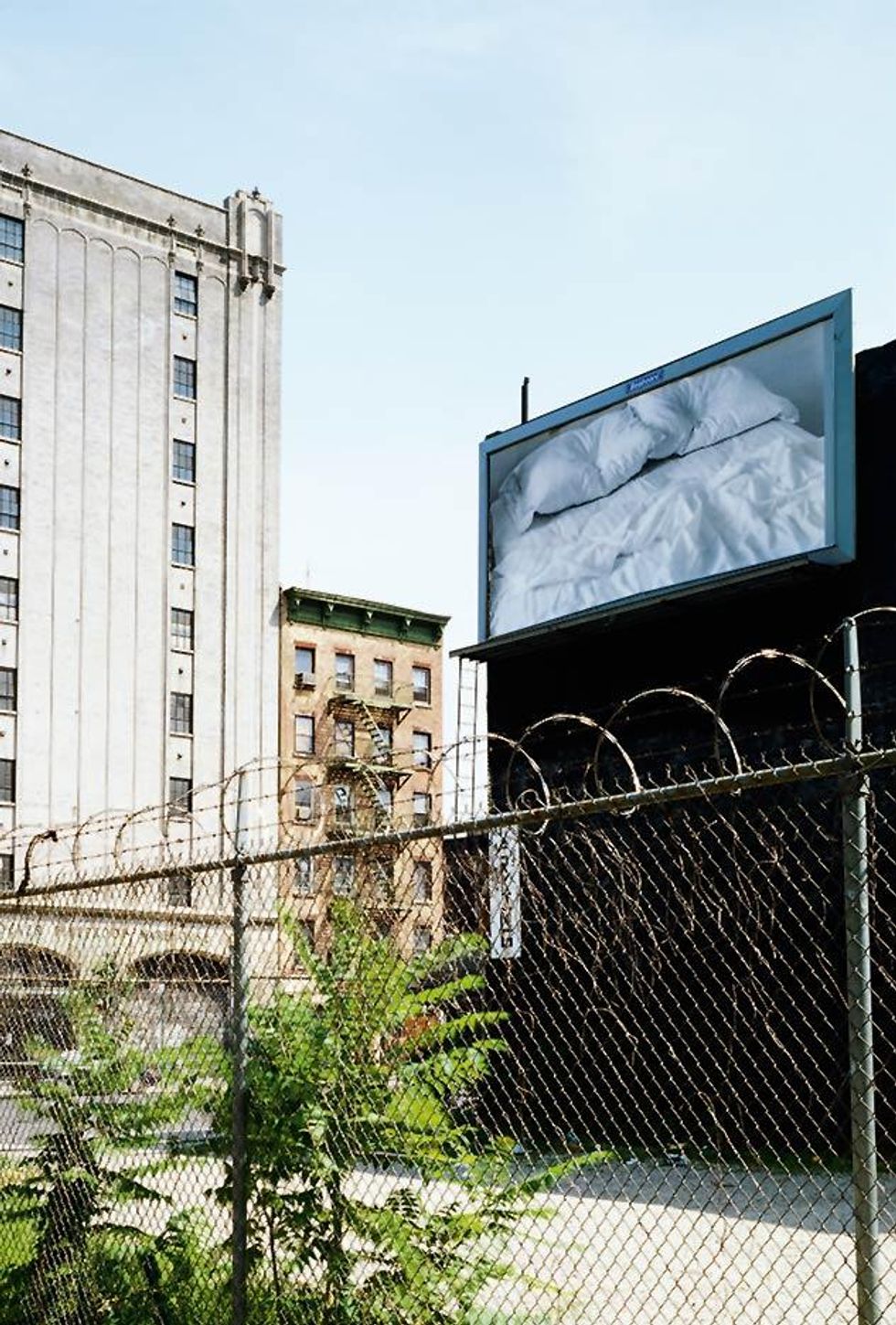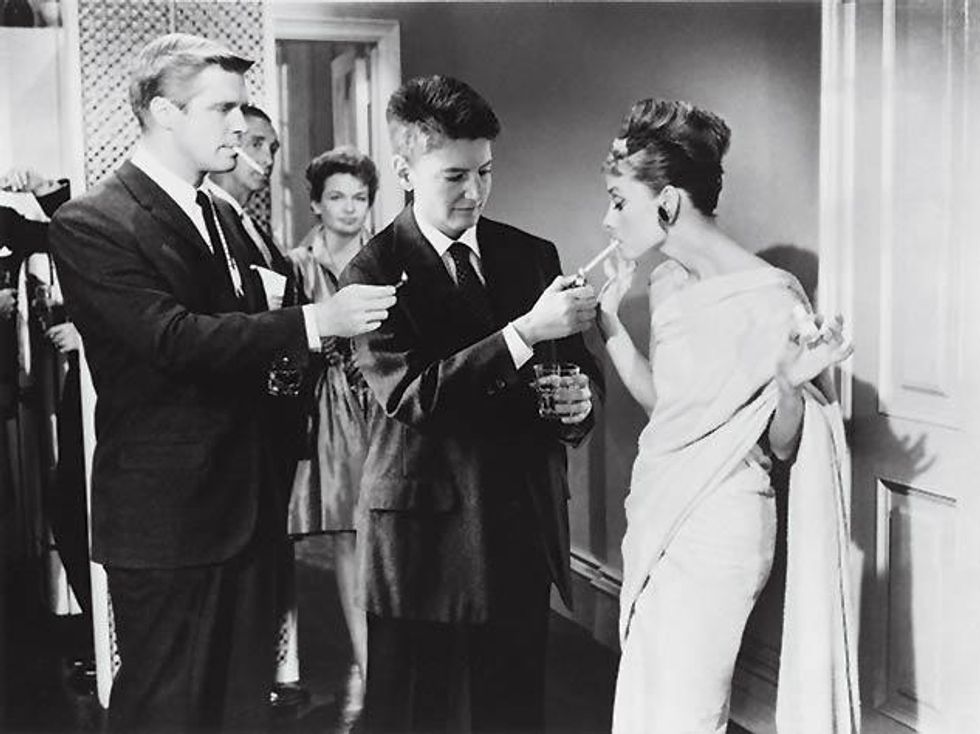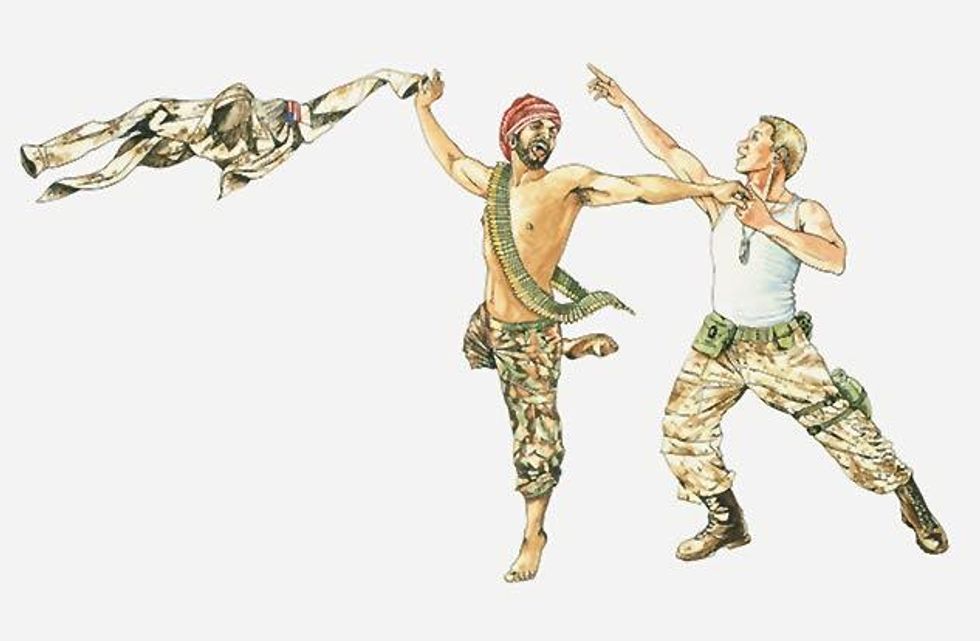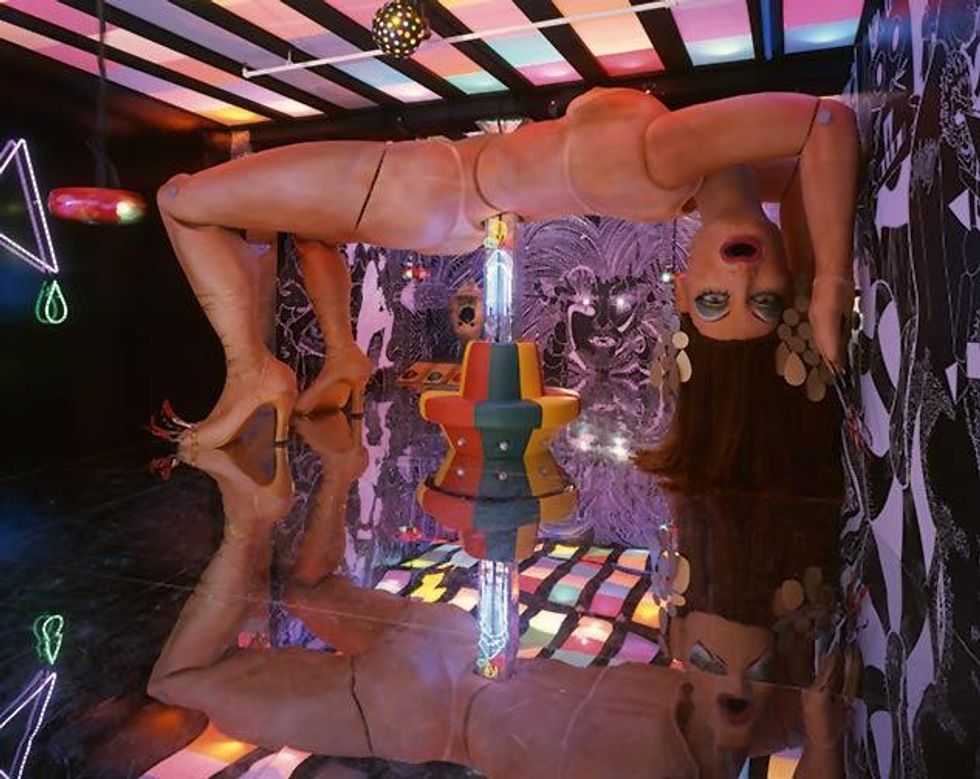
If LGBT visibility is of prime importance for acceptance, then what could be more important than LGBT art?
September 20 2014 4:00 AM EST
November 17 2015 5:28 AM EST
xtyfr
By continuing to use our site, you agree to our Private Policy and Terms of Use.

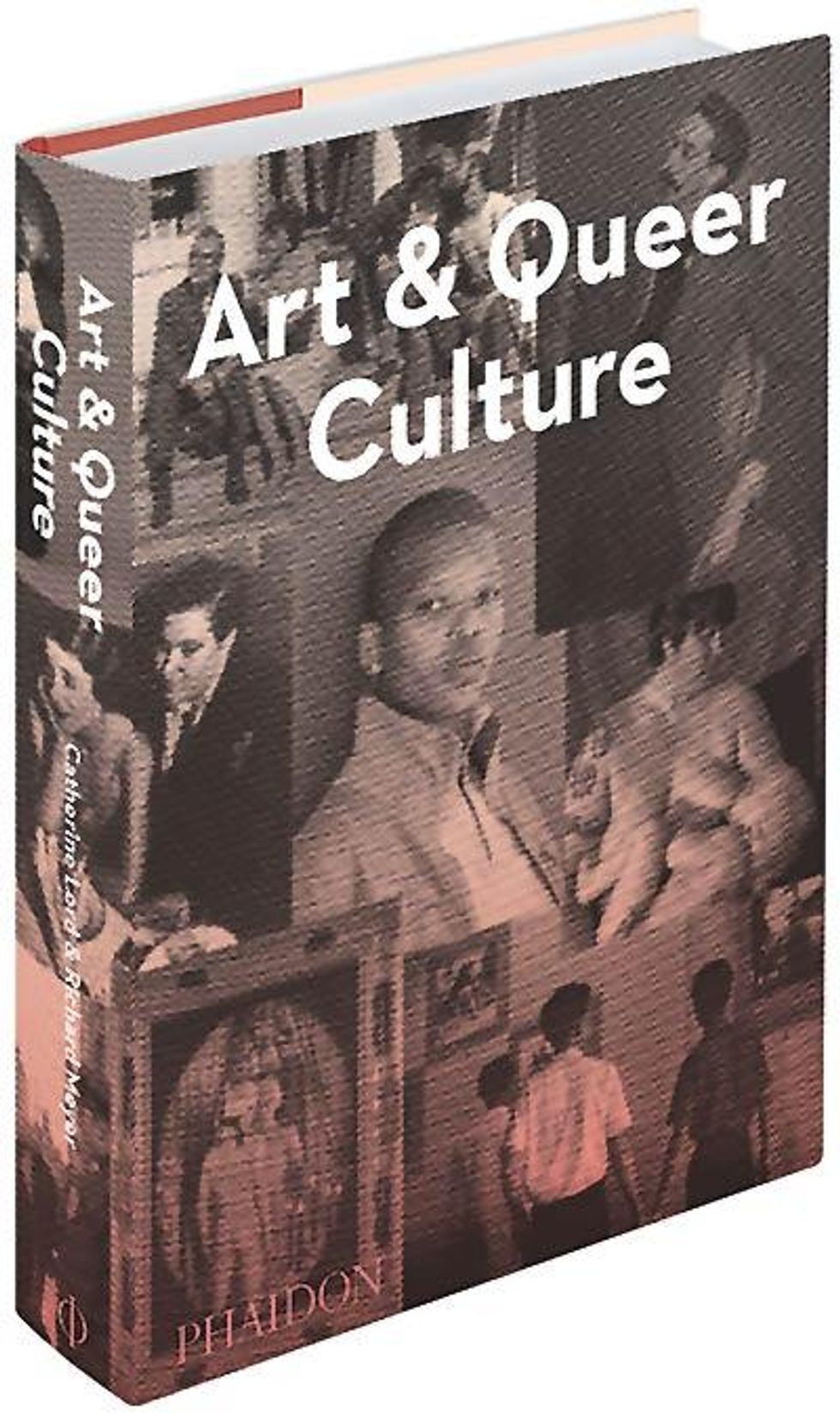
Lord and Meyer's book looks at both high culture (Picasso's portrait of Gertrude Stein) and low culture (signs forbidding the use of cologne in the L.A. leather bar Cuffs) as it explores the affirmative power of gay imagery.
The book surveys images made not only for fine art but those intended for underground and private audiences. And not all the artists are gay. Examining images and artwork from the 19th century poses certain problems in identity labeling, "notably the unstable definitions of gay, lesbian and homosexual," writes Meyer. Thus is the justified use of the word "queer" to encompass the large expanse of nonnormative behavior.
The most enlightening aspect of this wildly varied book is the presentation of images you may have seen for decades and become inured to. Images that may have lost their power over the decades, like Crawford Barton's stunning photo of two gay men kissing on a stoop next to a presumably heterosexual couple on a bright sunny afternoon in the Castro. Many, including this writer, upon seeing that image for the first time in 1977 felt a soaring sense of elation, that a new era was dawning.
There is the insider's mordant wit and outsider's gaze in works like Deborah Bright's Dream Girls, in which she inserts herself into a film still usurping George Peppard as he tries to light Audrey Hepburn's cigarette in Breakfast at Tiffany's. The image is funny and erotic, and Bright takes the innate campiness hostage for her own mulitlayered message. Perhaps she is rescuing Truman Capote's bisexual character from the censoring of her story in the film version of his book.
The last third of the book is printed on pink uncoated stock and is a compendium of documents, excerpts, evidence, essays, and ephemera that if nothing else shows the astoundingly resilient spirit of a culture that has been murdered, jailed, censored, ignored, and hidden for centuries.
The book was released by Phaidon almost a year ago, but it certainly deserves another long look. As we are granted more rights to marry each other, serve in the military, and adopt children, this book is an elegant reminder of why you may want to be careful to not fit in too much.
